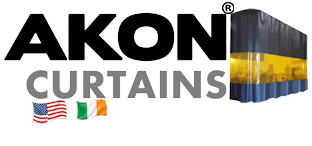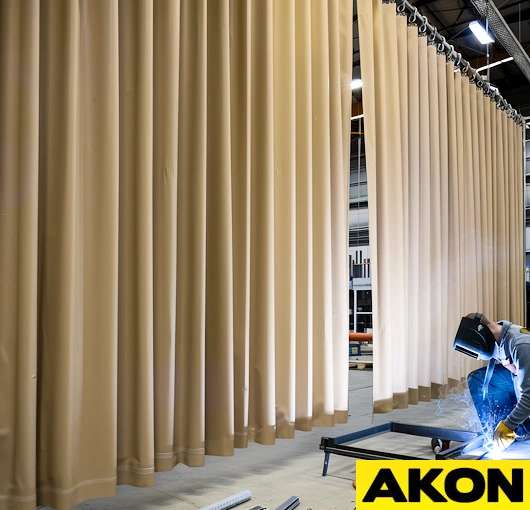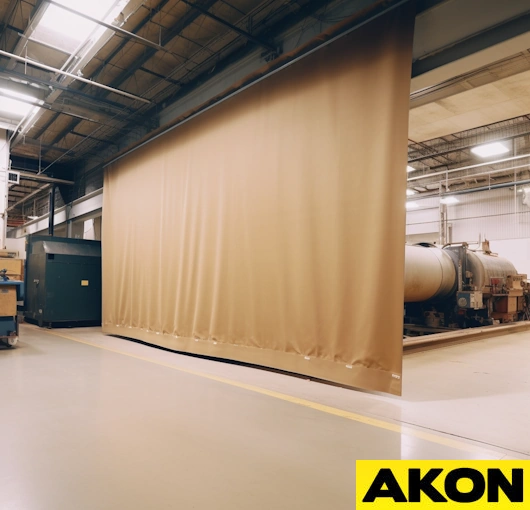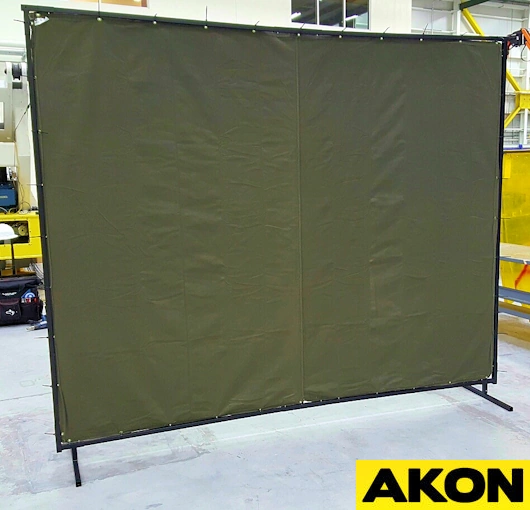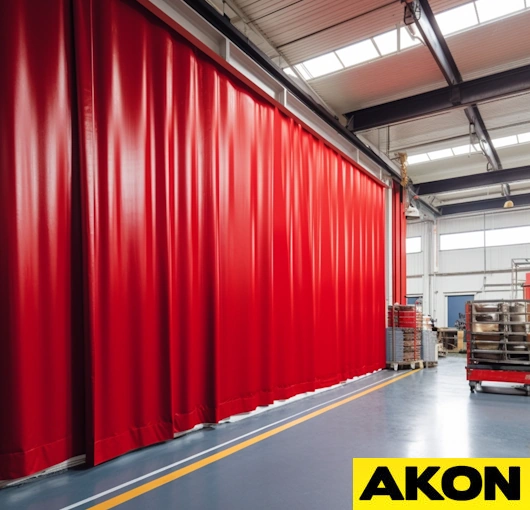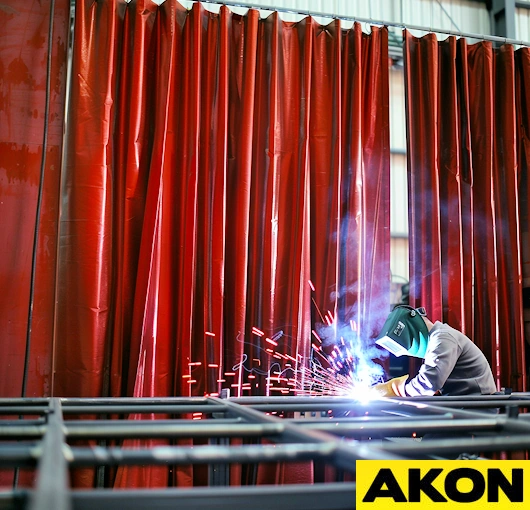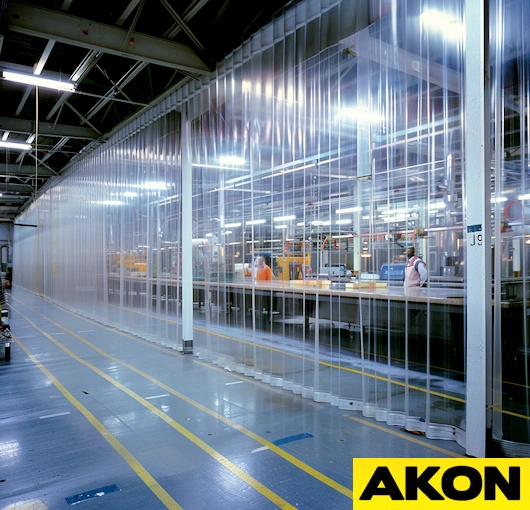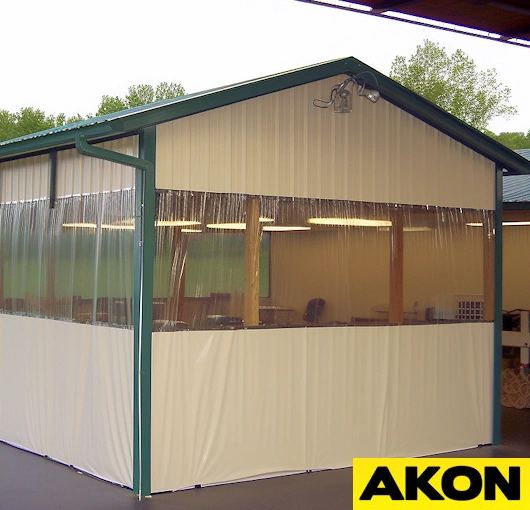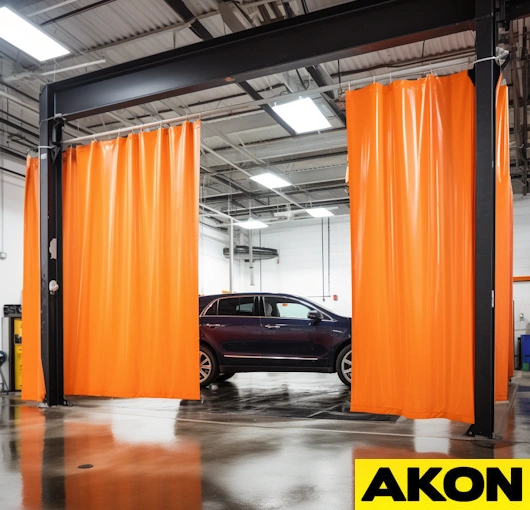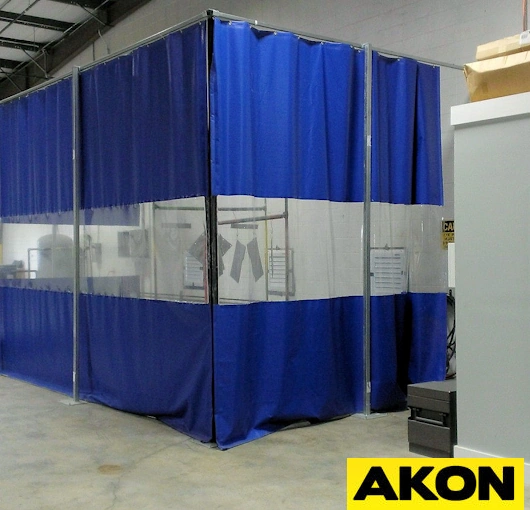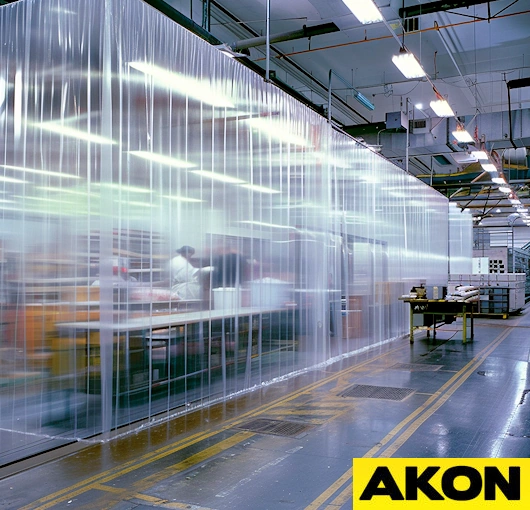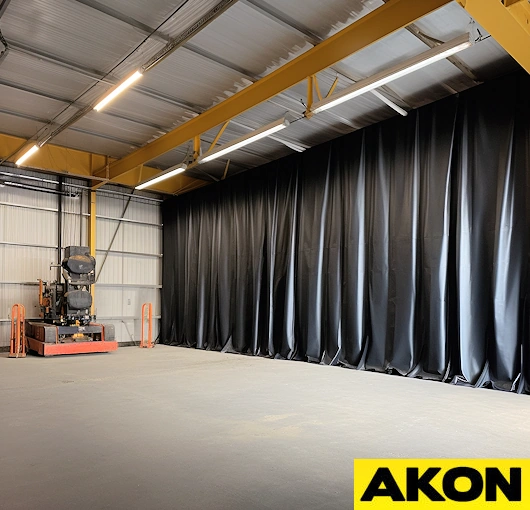Indoor | Outdoor | Welding
Canvas
Coated Vinyl
Not Seeing What You Need?
Comparing The Two Materials
Industrial Canvas Curtains Vs. Industrial Vinyl Curtains
Choosing between industrial canvas curtains and industrial vinyl curtains is a common decision our customers have to make. Both materials are very strong but they do perform better in certain applications. The decision between industrial canvas curtains and 18 oz vinyl industrial curtains is based on a number of factors, including maintenance capabilities, aesthetic choices, environmental exposure, and safety considerations. Canvas is less water-resistant and gives breathability and a natural appearance, but it may also require more upkeep. Vinyl is more environmentally harmful and has less breathability than other materials, but it offers superior waterproofing, chemical resistance, and durability. Companies should carefully weigh these criteria while choosing the optimal solution for their particular operational requirements.
Canvas Highlights

The benefits of using industrial canvas curtains include:
Breathability: Because industrial canvas curtains are woven cloth that permits air to move through, they're appropriate for applications that require ventilation. This breathability aids in keeping humid settings free of moisture.
Natural Material: Cotton canvas is more environmentally friendly due to its natural fiber, making it a good option for companies trying to lessen their environmental impact.
Aesthetic Appeal: As opposed to vinyl, canvas frequently has a more organic, less industrial appearance. This can be useful in situations where aesthetics or customer relations are involved or where appearance matters.
Fire Resistance: Industrial canvas curtains are appropriate for locations where welding or flame work is done because they can be treated with chemicals that resist ignition and inhibit the spread of flames.
The cons of using industrial canvas curtains include:
Water Absorption: Canvas is more absorbent by nature than vinyl and may not function as well in extremely wet conditions, even if it can be treated to be water-resistant. The water-resistant coating may need to be reapplied as it wears off.
Durability in Harsh Conditions: Vinyl may be more long-lasting and low-maintenance than canvas in situations where it is frequently exposed to harsh chemicals, oils, or extreme weather, even if the canvas is still very robust in these situations.
Weight: Since canvas is typically heavier than vinyl, installation, removal, and changes may need more work.
Vinyl Highlights
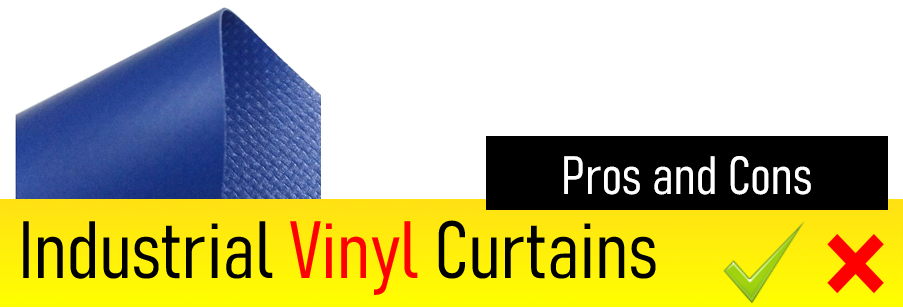
The benefits of using industrial vinyl curtains include:
Waterproof: Because vinyl curtains are naturally waterproof, they are perfect for situations where there will be wetness, spills, or frequent cleaning.
Chemical Resistance: Vinyl exhibits exceptional resistance to chemicals, oils, and solvents, rendering it appropriate for use in demanding industrial settings where such exposures are frequent.
Maintenance and Durability: Vinyl curtains are renowned for their low maintenance requirements and long lifespan. They can tolerate harsh environments without suffering appreciable wear and are more resilient against tears and punctures than canvas.
Versatility: Vinyl's nature allows for extensive customization in terms of dimensions, hue, and features, such as see-through areas, without sacrificing durability or usefulness.
The cons of using industrial vinyl curtains include:
Ventilation: Vinyl does not permit air to pass through, in contrast to canvas, which can be problematic in settings where adequate air circulation is required to disperse pollutants or maintain comfortable working conditions.
Environmental Impact: Compared to natural fabrics like canvas, vinyl is a synthetic material that is less environmentally friendly. Vinyl recycling and disposal might be less environmentally friendly and more difficult.
Aesthetic and Feel: Vinyl has a more industrial appearance and feel, which may not be ideal in all situations, particularly where a less industrial or more natural look is desired. This really could be a pro or a con depending on how you are using the curtain.
When To Use
When to Use Industrial Canvas Curtains
- Close-range welding is one of the primary uses of canvas material. In areas prone to high-temperature sparks or flames, such as welding stations, industrial fire retardant canvas curtains are indispensable. They help prevent the spread of fire, contributing to a safer work environment.
When to Not Use Industrial Canvas Curtains
- Small spaces are bad for canvas industrial curtains due to the outgassing. The canvas is treated with fire retardant spray that gives off an odor. This odor does go away after a month or so of use, but if the curtain is in a small, confined area, the smell will be really bad.
- Wet environments are not ideal for canvas curtains when compared to vinyl curtains, as a canvas is a fabric that will eventually absorb water. Some material is treated to repel water, but that will eventually wear off / break down, and the fibers will absorb water like a cotton towel.
- High wind areas or in locations subject to high winds, lightweight canvas curtains may not be sufficient. Heavier materials or specially designed outdoor barriers might be necessary to withstand the elements.
